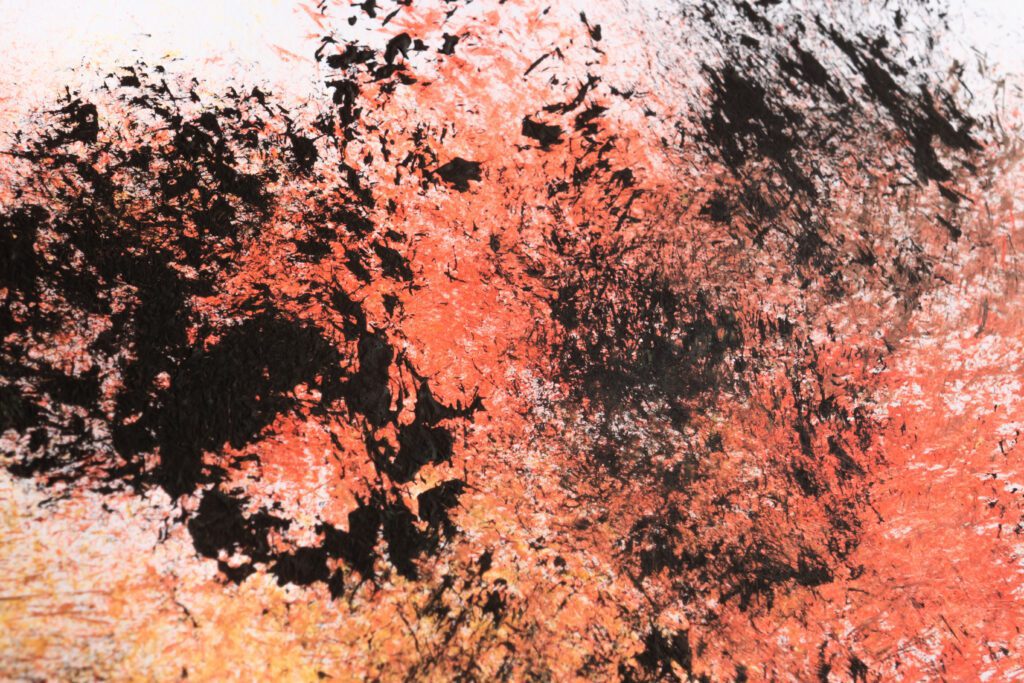Title: Mastering the Dab and Tap Technique: A Comprehensive Guide
Introduction:
Welcome to our comprehensive guide on the Dab and Tap technique! This technique, widely used in painting, involves applying paint to a surface by dabbing and tapping with a brush or other tools. It creates beautiful texture and depth in your artwork. In this guide, we will walk you through the step-by-step process of using the Dab and Tap technique, providing helpful tips and ideas. For further resources and inspiration, we encourage you to browse through more free content on our website at https://urartstudio.com.
Step 1: Prepare Your Materials
Before you begin, ensure you have all the necessary materials: brushes with stiff bristles, paint palette, canvas or paper, paint (acrylic or oil), water or medium for thinning the paint, and a clean cloth or paper towels for excess paint removal.
Step 2: Select Your Colors and Mix Shades
Choose your desired colors based on the subject and mood you want to convey. Experiment with color mixing to create different shades, tints, and highlights. Organize your palette in a logical and accessible manner.
Step 3: Choose Your Brushes
For the Dab and Tap technique, opt for brushes with stiff bristles, as they will allow you to achieve the desired texture. You can use a variety of brush sizes to accommodate different areas of your painting.
Step 4: Establish the Base Layer
Apply a base layer of paint to your canvas or paper using broad strokes or a wash. This will provide a foundation for your Dab and Tap technique.
Step 5: Determine the Composition
Sketch the main elements of your composition lightly with a pencil or use a loose underpainting to establish the basic structure of your artwork. This will guide you during the application of Dab and Tap technique.
Step 6: Start Dabbing and Tapping
Begin by loading your brush with paint, gently dabbing it onto the surface. Vary the pressure and angle of dabbing to create different textures and shapes. Tapping the brush lightly against the surface will also help in creating interesting effects.
Step 7: Layering and Building Texture
Work in layers, gradually building up the texture and depth of your painting. Experiment with different colors, brush sizes, and stroke lengths to achieve the desired effects. Take breaks between layers to let the paint dry before adding more texture.
Step 8: Blending and Softening
To create a more seamless and cohesive appearance, softly blend adjacent areas of color. Use a dry brush or a soft cloth to gently blend the edges of your dabs and taps. This will create smoother transitions and harmonize the overall composition.
Step 9: Adding Highlights and Details
Once your base layers are established, you can add highlights and fine details using lighter shades or even a contrasting color. Employ the Dab and Tap technique in a controlled manner to highlight specific areas and enhance the overall visual interest.
Step 10: Evaluate and Make Adjustments
Step back and evaluate your work. Observe the balance of color, texture, and composition. Make any necessary adjustments by adding or removing paint, refining details, or intensifying certain aspects. Regularly compare your painting to your reference image or desired outcome to stay on track.
Conclusion:
Congratulations on mastering the Dab and Tap technique! Remember that practice and experimentation are key to refining your skills. By browsing through more free resources on our website at https://urartstudio.com, you can discover additional painting techniques, find inspiration, and further enhance your artistic journey. Happy painting!


